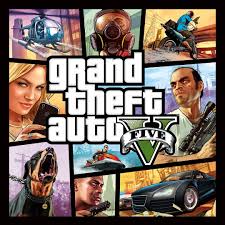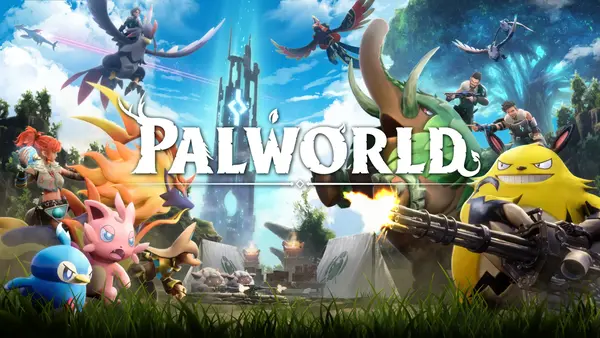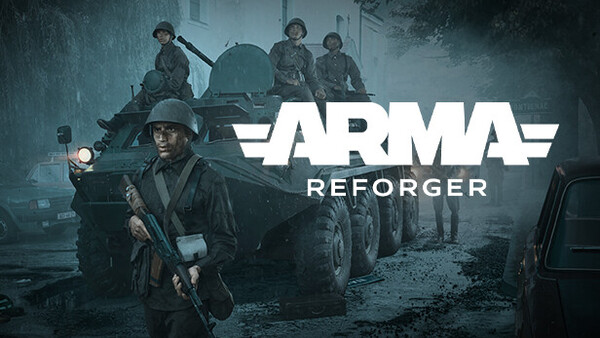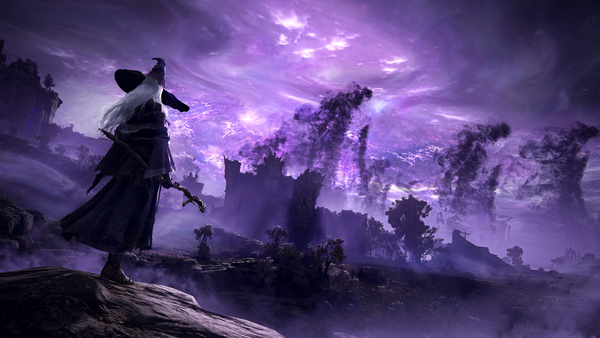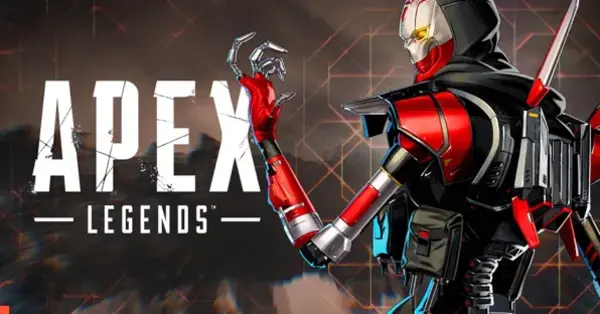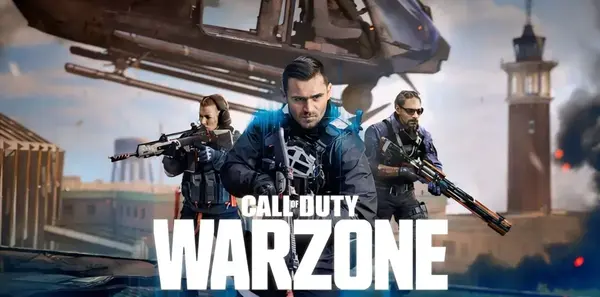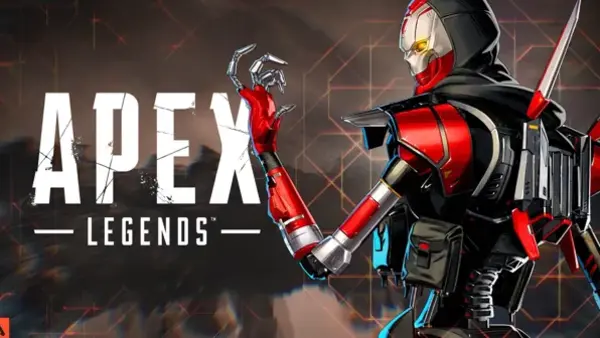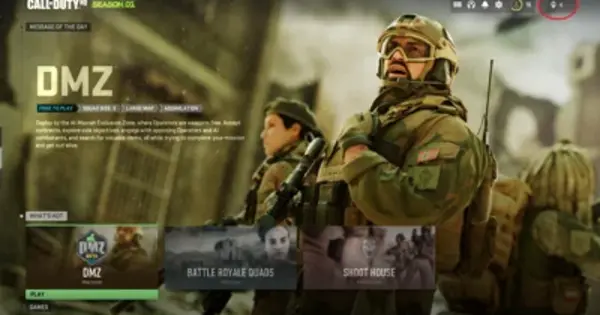PUBG Mobile: Redefining Battle Royale Gaming Worldwide
Since its launch in March 2018, PUBG Mobile has evolved from a PC spin-off to a cultural phenomenon that reshaped mobile gaming. With hundreds of millions of downloads worldwide, it has captivated casual gamers, competitive players, and streamers alike. But what made PUBG Mobile stand out in a crowded market?
In this article, we'll explore its journey, core gameplay, updates, esports growth, cultural impact, pros & cons, and why it remains one of the most successful mobile games ever made.
1. Origins: From PC Hit to Mobile Blockbuster
H3: The Birth of PUBG
-
PlayerUnknown’s Battlegrounds (PUBG) originally launched on PC in 2017, pioneered by Brendan "PlayerUnknown" Greene.
-
Introduced the now-classic 100-player, last-man-standing battle royale format.
H4: Adapting to Mobile
-
Developed by Tencent Games and PUBG Corporation.
-
Released globally in March 2018 for Android and iOS, retaining the core experience of its PC counterpart.
PUBG Mobile proved that complex shooters could succeed on mobile devices.
2. Gameplay Basics: Land, Loot, Survive
H3: The Core Loop
-
100 players parachute onto large maps.
-
Players must find weapons, armor, and supplies while avoiding the shrinking safe zone.
H4: Game Modes
-
Classic battle royale (solo, duo, squad).
-
Arcade modes like Quick Match, Sniper Training, and EvoGround (e.g., Zombie Mode).
The mix of survival strategy and high-adrenaline combat keeps matches unpredictable.
3. Maps & Environments: Variety Keeps It Fresh
H3: Classic Maps
-
Erangel: original, balanced terrain.
-
Miramar: desert with open fields and sniping spots.
-
Sanhok: small, dense jungle for faster matches.
-
Vikendi: snowy, mid-sized map with unique vehicles.
H4: New Additions
-
Livik: a compact 2×2 km map for quick 15-minute games.
-
Regular updates add themed areas, dynamic weather, and map remakes.
Map diversity prevents monotony and encourages different playstyles.
4. Weapons & Vehicles: Arsenal of Chaos
H3: Weapon Categories
-
Assault rifles (AKM, M416), SMGs (UMP45), snipers (AWM), shotguns, and pistols.
-
Attachments allow customization based on preference.
H4: Vehicles
-
Cars, bikes, boats, and even armored tanks in special modes.
-
Vehicles add strategy for rotations and aggressive pushes.
The gunplay feels weighty and satisfying, even on touch controls.
5. Graphics & Controls: Pushing Mobile Limits
H3: Visual Quality
-
Realistic textures, lighting, and weather effects for a mobile title.
-
Options for low-end to high-end devices, including HDR and ultra frame rate.
H4: Intuitive Controls
-
Customizable HUD and sensitivity.
-
Gyroscope support and aim assist help players adapt.
PUBG Mobile set new standards for visual fidelity and control flexibility.
6. Customization & Progression
H3: Skins & Outfits
-
Cosmetic-only: weapon skins, character outfits, parachutes, emotes.
-
Royale Pass system offers seasonal rewards.
H4: Titles & Achievements
-
Players unlock badges and in-game titles based on performance and milestones.
-
Clan systems foster teamwork and competition.
These systems keep players invested beyond just winning matches.
7. Competitive & Esports Scene
H3: Global Tournaments
-
PUBG Mobile Club Open (PMCO), PUBG Mobile Pro League (PMPL), and PUBG Mobile Global Championship (PMGC).
-
Multi-million dollar prize pools and international fanbase.
H4: Rising Stars
-
Popular teams and streamers (e.g., Bigetron RA, Nova Esports) became icons.
-
Tournaments stream to millions via YouTube, Facebook, and other platforms.
PUBG Mobile brought serious esports to mobile gaming.
8. Cultural Impact & Community
H3: Streaming & Social Media
-
Streamers built massive audiences, especially in South Asia, Southeast Asia, and the Middle East.
-
Highlights, tutorials, and memes keep the game present in daily life.
H4: Controversies
-
Bans in some countries due to addiction concerns.
-
Developers added playtime reminders and “health” prompts to address criticism.
Despite challenges, it became a shared cultural experience worldwide.
9. Pros & Cons: Expert Review
Pros
-
Deep, tactical gameplay on a mobile device.
-
Wide variety of maps, weapons, and modes.
-
Thriving esports scene and creative community.
Cons
-
Occasional performance issues on low-end devices.
-
Royale Pass and cosmetics can feel pay-to-look-cool.
-
Steep learning curve for new players.
Yet the overall experience remains incredibly polished.
10. Expert Rating: Where PUBG Mobile Stands Today
| Aspect | Rating |
|---|---|
| Gameplay depth | ⭐️⭐️⭐️⭐️⭐️ |
| Visual & audio | ⭐️⭐️⭐️⭐️½ |
| Community & esports | ⭐️⭐️⭐️⭐️⭐️ |
| Accessibility | ⭐️⭐️⭐️⭐️ |
Overall: ⭐️⭐️⭐️⭐️½ (4.5/5) – genre-defining mobile game.
Conclusion: Why PUBG Mobile Still Matters
PUBG Mobile proved that deep, tactical shooters aren't limited to PCs or consoles. It redefined what’s possible on mobile, launched careers, built esports dynasties, and brought millions together in virtual battlegrounds.
Even with newer competitors like COD Mobile and Free Fire, PUBG Mobile’s blend of realism, variety, and strategy keeps it relevant.
Years after its release, millions still drop onto Erangel daily—because the thrill of being the last one standing never gets old.
Whether you’re a competitive player or just in for casual fun, PUBG Mobile remains a landmark title worth experiencing.

















